The content of the article
When fuel oil gets on clothes, it becomes a big problem. First, it is very unaesthetic, and even a beautiful thing looks stained, dirty and greasy. Secondly, wearing such clothes is very unpleasant, and no one will do that. It is necessary to get rid of oil spills, and as soon as possible, otherwise they will penetrate into the fibers of the fabric, and it will be impossible to remove them. But how to do it with minimal loss for the material itself? Well, let's consider the question from all sides.
Fuel oil and fabric: how the interaction occurs
Fuel oil itself is a residual product of oil refining. It is black, rather fluid, very oily consistency and with a sharp, recognizable odor. Getting on clothes, this stain is absorbed quite quickly inside, but for a long time remains slightly damp. Things are left with not only its outlines and smell, but also a feeling of oiliness, very unpleasant to the touch. In addition, there is another feature.If you do not remove such trouble from the surface of your clothes as quickly as possible, then getting rid of it will not be possible. The liquid is so deeply impregnated with all the fabric fibers that it can no longer be removed.
Therefore, the first rule: to leave no trace of a trace (such is a tautology), it is necessary to start the fight as soon as possible, ideally - right away. And not with water, because it is not an assistant in this matter. But what and how - let's talk about it right now.
The best allies in the fight against fuel oil stain
So, fuel oil itself is a heavy residue in the distillation of oil. Therefore, it is best if you use the following substances in the fight against it:
- Petrol. Also an oil product, and a good solvent. In some cases, perfectly copes with the task.
- Any solvents for paints or varnishes based on toluene.
- Means for washing dishes (widespread "Fairy" is enough). Useful only in the case of light, fresh pollution.
- Fir oil. It is excellent if the area of the oil spill is quite small, another plus is environmentally safe.
- Special shampoos at gas stations. Quite specific, but sometimes just an indispensable tool.
- A solution of ammonia and turpentine, as well as tar soap.
Sometimes an ordinary household iron copes well with the task, but again, if the spot is very small. In addition, you must be prepared that you can not cope with the problem yourself at all, and if the area of pollution is large, and you are not sure in your own strength, give the thing to dry cleaning. It is better to spend a certain amount than to completely and hopelessly spoil the clothes.
Well, if you are determined and want to win the fight against the spotted problem, then here are the detailed instructions for using each of the tools listed above.
Instructions 1: gasoline
So, let's say right away: regular gasoline from gas stations will not work. We need a clean, high-quality product, as part of which you are 100% sure. This is sold in specialized stores, as well as it can be found in the household. Gently moisten the cotton wool and rub at the place of contamination. As soon as it completely darkens, replace the other.The procedure is carried out several times, especially if the problem has already become deep.
Important point! Gasoline is a strong solvent. Therefore, he can take with him the bright colors of things. Before starting the cleansing procedure, check the effect of the substance by rubbing a small area that is not visible to the eye. If the color "flowed", it is better to resort to another method.
Instruction 2: toluene
Toluene is an extremely toxic substance that is also released from petroleum. He has a sharp, unpleasant smell, and when using the substance in a closed room, a person can easily get dizzy, or even consciousness will turn off. That is why the most important condition - open windows, if you are going to handle the thing with a solvent based on toluene.
We also recommend that you first test the effect of the agent on a separate, hidden from view, section of tissue. If, again, the colors did not run anywhere, you can safely treat the surface affected by fuel oil. Moisten the stain with a solvent and wipe it gently until the problem disappears. We recommend to carry out the work, wearing protective gloves.
Instruction 3: Dishwashing liquid
This is already a less aggressive substance, but the effect may not be so pronounced, and a trace, a slight reminder that black oil once settled in this place, will remain. However, sometimes dishwashing detergent can completely remove the nuisance, especially if you resort to it as soon as possible, and the area of pollution will be small. How to proceed with this choice: plentifully fill the unsightly spot with the same “Fae”, or soak in a saturated solution of “Vanisha” for a couple of hours. Then rinse and wash normally, if necessary. Usually means cope with the task. At the same time, they can be used on almost any thing, even a rather delicate one.
Instruction 4: fir oil
A great option, if only because it has a pleasant smell and is environmentally safe. It acts approximately as gasoline, only one thing: it takes much more time, because it dissolves the stain more slowly. Drop a few drops on the problem area. Start gently wiping it, trying to remove the oil, and not rub inside.You will have to change more than one napkin before the stain begins to brighten and gradually disappear. Important: before starting the procedure, place a cotton swab or sponge under the surface to be treated so that it absorbs excess oily liquid.
Instruction 5: special shampoo at gas stations
More exotic, but very effective way. At gas stations, it is common to use a special car shampoo, which easily cleans the car from any contamination, including fuel oil. The use is simple: prepare a solution of such an agent, not too saturated, and soak the affected thing in it. There will be no hint of the problem.
Instruction 6: solution of ammonia and turpentine
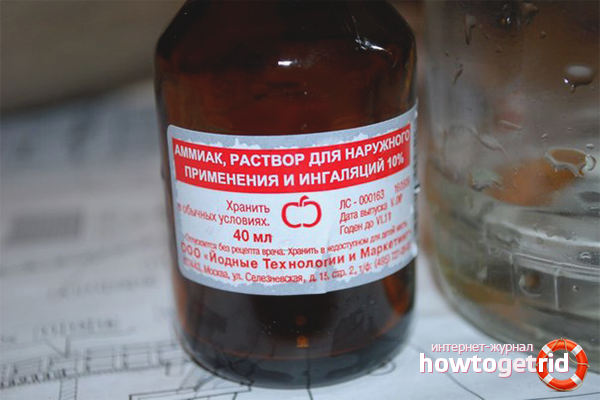
This recipe has been known for a long time, and it has the magic power of action against black spots. The application is as simple as possible: we prepare the product by mixing both ingredients in approximately equal proportions, the volume depends on the area of the oily problem. Then we begin to gently rub the stain with light movements, working with a soft cloth. If the trouble exists for a long time and had time to enter, process it with hot turpentine, and then with ordinary baking soda.Rinse with water.
Instruction 7: tar soap
It is considered to be the least traumatic means of clothing. At the same time, quite effectively, especially in the fight against fresh stains. The application is simple washing the affected thing with soap. Fuel oil will quickly come down.
Instruction 8: iron
Finally, if you do not want to expose your clothes to various kinds of liquids and substances, use a regular household iron. It is especially effective when the area of pollution is minimal. Take any absorbent paper, a blotter is especially suitable, and place it under the stain. At the top of the problem spend a slightly heated iron. The fuel oil will leave the surface of the clothes and be absorbed into the paper.
There are a lot of ways to deal with black spots on clothes. And only you choose which one to stop.
Video: how to remove difficult spots

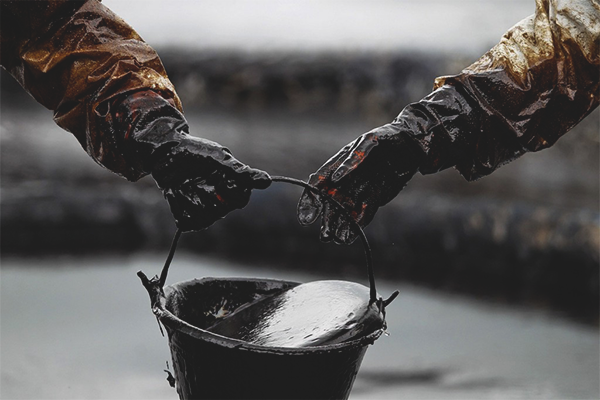
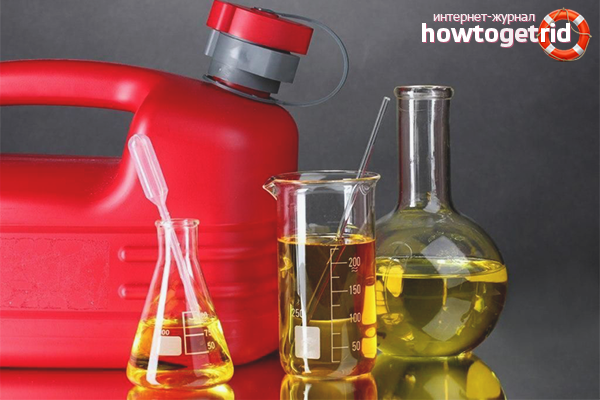

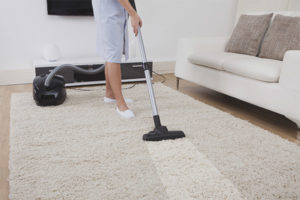

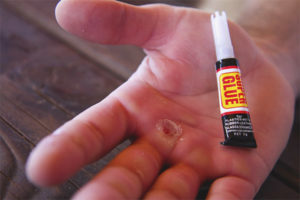
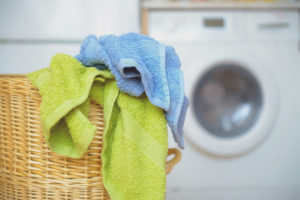
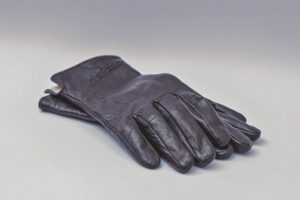


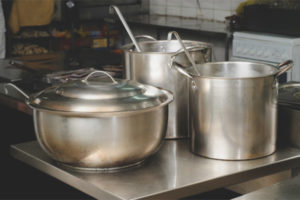
To send